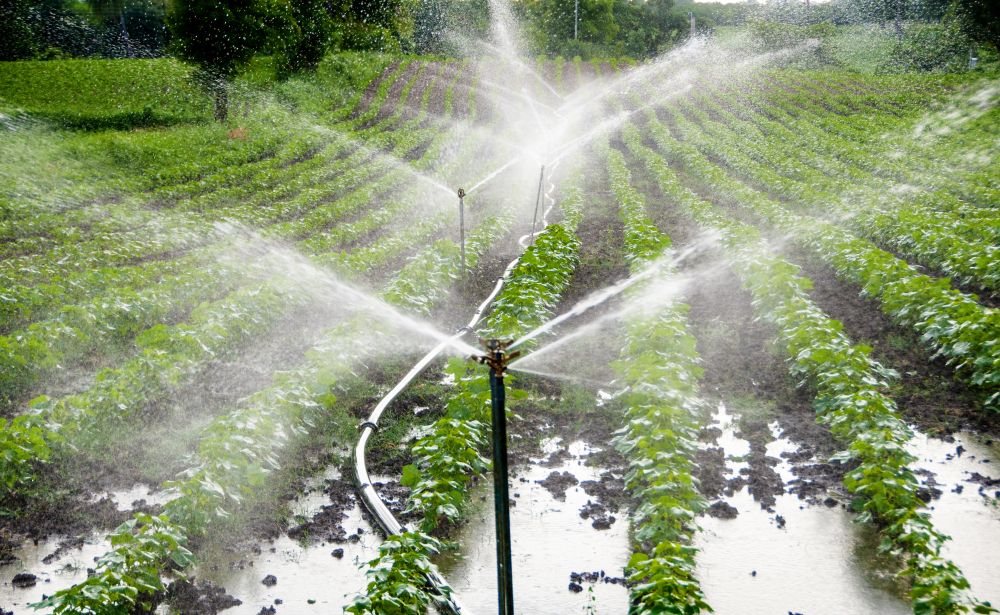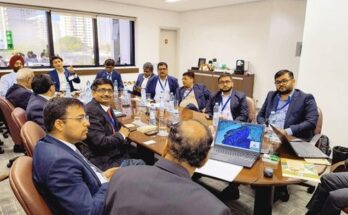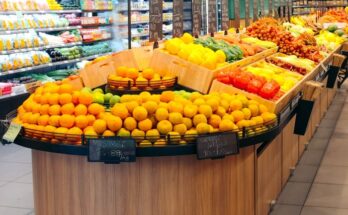In order to help policy makers and other development actors accelerate progress towards global promises to end poverty and hunger, Food and Agriculture Organization of the United Nations (FAO) has released a set of 20 inter-connected actions designed to show the impact sustainable agriculture can have on tackling the world’s greatest challenges.
Transforming food and agriculture to achieve the SDGs offers a practical guide for countries on how to strengthen food security, generate decent employment, spur rural development and economic growth, conserve natural resources and respond to climate change – all part of the 2030 Agenda for Sustainable Development.
“For the first time, FAO has put together a set of interconnected tools that can help fix our broken food systems, and show that from the roots of sustainable food and agriculture come the fruits of transformation,” Maria Helena Semedo, FAO Deputy Director-General, Natural Resources, said at an event in Rome during FAO’s annual governing council meeting.
FAO acts as custodian of almost 10 percent of the 232 components of the SDG indicator framework endorsed in 2017 by the UN General Assembly, which range from food security to sustainable production, and from clean water to life below water and life on land.
The new publication, crafted as a learning tool offers a compendium of how-to pointers to expedite actual implementation of the SDGs – at a time when rising world hunger, soil and land degradation and other woes related to our food systems demand an urgent response.
The new practical guide, which details how the sustainable development goals are interlinked, is useful for investors, researchers and technical practitioners as well as decision makers responsible for integrating the goals and targets of the 2030 Agenda. It underscores how the overall vision is one “in which food and agriculture, people’s livelihoods and the management of natural resources are addressed not separately but as one.”
What is to be done?
The 20 “interconnected actions” can help map strategies to achieve Zero Hunger and the Sustainable Development Goals related to food and agriculture, including fostering more resilient livelihoods and higher productivity and incomes for rural smallholders.
They aim to knit the many sectors of agriculture and rural development into a country’s broader development programme. Rural investment, strengthened farmers’ co-operatives, public-partnerships, accessible policy debates and better coordination across ministries, all with a focus on people, their livelihoods and the environment, are key aspects to delivering necessary and transformative change, according to this guide.
Each of the actions is graphically identified with its contribution to SDG goals. They relate to key components of the development agenda, particularly helping smallholders gain access to and benefit from markets, boost diversification, knowledge and resilience, safeguard natural resources including soil health, biodiversity and water, reduce food loss and waste and promote sustainable consumption, assure tenure rights, adequate social protection, improved nutrition, address and adapt to climate change, and improve governance systems.
Each of the 20 actions reflect insights from FAO’s technical expertise across areas of work ranging from agroecology and biodiversity to watershed management and urban food systems and enabling policy environments. Practical methods to make sure all stakeholders have access to governance mechanisms are also identified, as are real issues that arise for those deciding budgets and setting policies.
An integrated approach to sustainability
While major improvements in agricultural productivity in recent decades have contributed to satisfying the food demands of a growing global population, that progress has too often come with high social and environmental costs that compromise the future fertility of the planet. That 815 million people are still hungry, and every third person is malnourished, reflects a food system out of balance.
As agriculture – in the broadest sense – is the world’s biggest employer, and is especially crucial in rural areas where the majority of the world’s poorest and most vulnerable populations live, the shift to sustainability has great potential to revitalise rural landscapes and deliver inclusive economic growth, lynchpins for success on the 2030 Agenda.
Unlocking the potential of the private sector is fundamental to progress, the guide says. The ongoing “quiet revolution” of the fish value chain in Bangladesh offers an example of the path to follow. Public policy and infrastructure catalysed capital investments by hundreds of thousands of small actors that led to the tripling of the country’s aquaculture sector, with diversification beyond traditional carp fish, higher yields and lower prices, which contribute to food security.
Likewise, work by FAO with the government of Niger paved the way for inclusive financial and credit instruments that local producer organisations could leverage to create a broad network providing well-priced and good-quality inputs to farmers around the country. That led to nearly double yields of staples crops such as sorghum and millet.
FAO expects this practical guide to bolster its effective support of countries as they develop strategies and action plans able to accelerate transformation of the agricultural sectors towards the implementation of SDGs.
20 actions to transform food and agriculture




